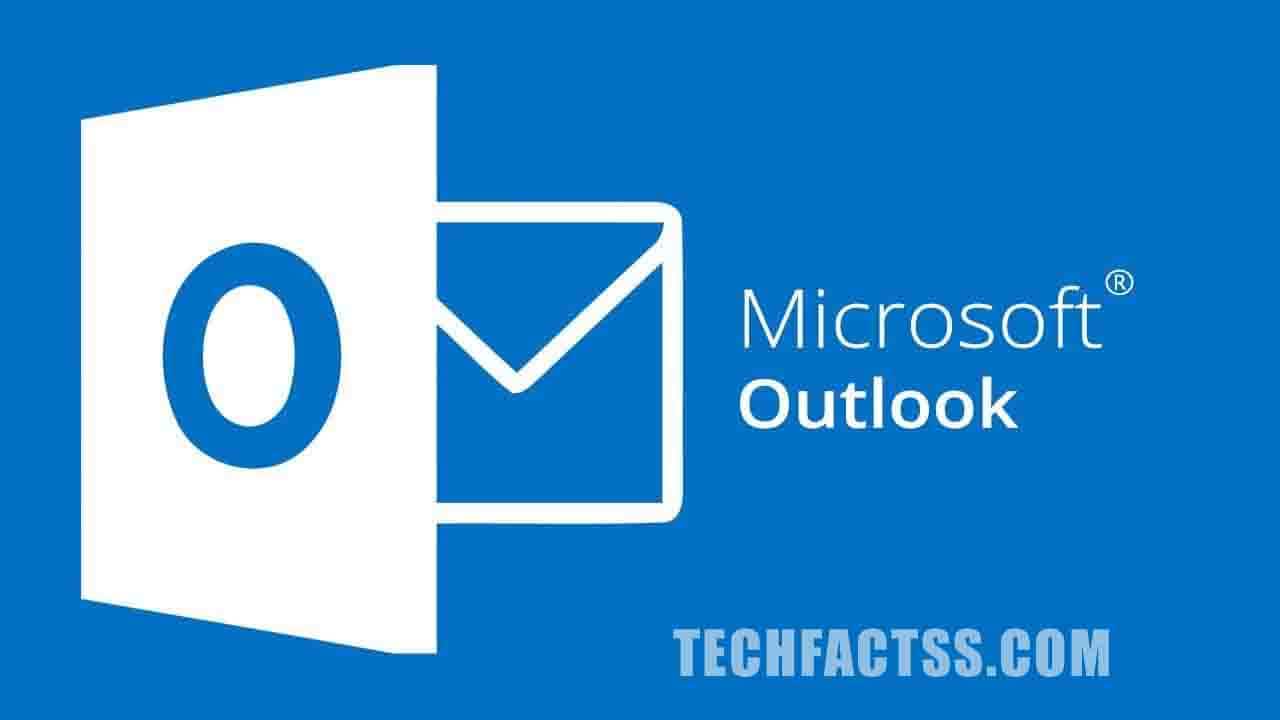Have you ever wondered what is happening to your Microsoft Outlook mailbox if the Exchange Server is damaged? The matter is that if admins don’t consider a backup for some reason, there is a risk of losing your inbox. Even if admins get one extra warning from their boss, that won’t solve your case. You don’t have to gloat their problems in the director’s office. Let’s see what you can do on your own.
Moreover, there is always an extra solution. Let’s discuss it in more detail. Hitting your PC or laptop is pointless. It will only cause extra spendings depending on the force of the hit. Furthermore, a major part of the mailbox maybe not needed at all. Anyway, you may have a desire to look inside somehow to search the login or password of your resource, to search for a certain email message or any other kind of relevant data that is not easy to recover using any other way.

 In particular cases, it’s possible to open Outlook to see the contents of your mailbox, even if there is no connection with the server.
In particular cases, it’s possible to open Outlook to see the contents of your mailbox, even if there is no connection with the server.
The matter is, that the email software saves a duplicate of Exchange email on your local HDD. But what should you do if its opening is impossible?
In most cases, email may be stored both on Microsoft Exchange Server or locally in the *.ost files. Nevertheless, it may be not as easy to open these files via Outlook, and Microsoft doesn’t provide any support in this issue. Exchange server data is expected to be synchronized to its local copy, and if something is wrong — users are free to get a new service pack for recreating the local copy of Personal Folder. In some cases, this operation is failed due to the damage to an Exchange Server so that Outlook cannot be opened either. Such a problem may appear even while implementing the simplest tasks — for example, opening the mailbox for a double-check of some issues. No one wants to pay for such operations.
Even if you’re not interested in data recovery services, you can pay attention to one helpful tool: Recovery Toolbox for Outlook (https://outlook.recoverytoolbox.com/ost-viewer.html). It’s a compromising service between the third-party apps use, and free services for implementation of some required action. The application provides a free option of opening files of *.ost format to preview. Moreover, it allows email storage on another file on the *.pst extension without the need of connecting to the Exchange Server. But, it’s possible only through registered Recovery Toolbox for Outlook the license subscription to which costs $50.
Free OST Viewer
Let’s do everything step-by-step. When you can’t open your email box via Microsoft Outlook, it’s better to avoid hitting your device — it’s easy if to think about further spending on repairs. So, you just need to calm down, breathe in and out 10 times, and proceed with a google search. As soon as you find Recovery Toolbox for Outlook, you’ll get access to your mailbox and all the data required.
So, even if you aren’t good enough at email hacking, the tool will provide you with the easiest method that would be effective on any device. If you’re looking for an easy-to-install tool that will manage with any version of Outlook, this is what you need. Many users mistakenly think that digging through various hacker forums is needed, and searching for complicated scripts for OST files preview. Moreover, their usage can be dangerous at some points. Probably you are smart enough looking for data for access to your private space through OST files hacking, but this information would be available for anyone else. Are you sure it’s what you’re looking for?
Recovery Toolbox for Outlook is considered a commercial software so you can be confident that it won’t steal your personal information. The OST viewing option is out of charge. So, you don’t need to purchase any utilities for doing this. Most users don’t
Most users don’t face any difficulties while working with Free OST Viewer, but it’s strongly recommended following the algorithm:
- Open the official website of Free OST Viewer developer (https://outlook.recoverytoolbox.com/ost-viewer.html), download the app on your device, and install it.
- Find the shortcut on your device desktop and start the app.
- Select an input file in *.ost format and start its processing. Even if you can’t find it, the software can find it locally.
- When the analysis is completed, the tool opens an option of mailbox preview — with its original structure preservation.
- If it’s required to save the mailbox in the way you see it, you’ll have to fulfill the registration form of the app for removing the restrictions of the free version.
 The registration procedure is not compulsory; it depends on the options you need to use. If only the OST file opening is required for finding some information that can be written down somewhere, the free mode will be more than enough. But, if you need to create a new file for storage of all the necessary data (for example, in *.pst format), it’s recommended to purchase the subscription (registration key). Thus, you’ll be able to synchronize the regular mailbox with Microsoft Outlook for its further proceeding. When the conversion of the mailbox with Recovery Toolbox for Outlook is over, the email will become available for the offline opening. It means that mailbox will be available without access to the Exchange Server.
The registration procedure is not compulsory; it depends on the options you need to use. If only the OST file opening is required for finding some information that can be written down somewhere, the free mode will be more than enough. But, if you need to create a new file for storage of all the necessary data (for example, in *.pst format), it’s recommended to purchase the subscription (registration key). Thus, you’ll be able to synchronize the regular mailbox with Microsoft Outlook for its further proceeding. When the conversion of the mailbox with Recovery Toolbox for Outlook is over, the email will become available for the offline opening. It means that mailbox will be available without access to the Exchange Server.
 Recovery Toolbox for Outlook is supporting even encrypted documents of *.ost format — even if it has password security. The input mailbox condition is not important as the software can provide a file preview even it the file has errors. The service provides restoring of single parts of your mailbox, and those emails that can be recovered. You should take into consideration that some elements may not be recoverable.
Recovery Toolbox for Outlook is supporting even encrypted documents of *.ost format — even if it has password security. The input mailbox condition is not important as the software can provide a file preview even it the file has errors. The service provides restoring of single parts of your mailbox, and those emails that can be recovered. You should take into consideration that some elements may not be recoverable.
Therefore, don’t forget about backup. It’s the best option for data recovery for now. The key role plays the level of damage to your mailbox.
Thus, Recovery Toolbox for Outlook doesn’t share any data with third-party resources. It’s quite easy to find out if you know the firewall, analyze outgoing packs, and identify the one that related to the app. Sometimes such packs are absent. Some users may find outdated PCs that don’t have an Internet connection. In this case, the software and the required mailbox in *.ost document have to be transferred there. Afterward, you can try to restore it. The working process may be slower, but the efficiency of the app won’t be affected. Moreover, the Free OST Viewer is adopted for working for all Windows versions. Active Outlook installation is not required, as Recovery Toolbox for Outlook has integrated means for information preview.
In practice, the simplest services and programs on data restoration are the most efficient ways of getting access to lost data in any format.



![10 Best Live TV Apps for Firestick / Fire TV [2021] | Movies, Live TV 10 Best Live TV Apps for Firestick / Fire TV [2021] | Movies, Live TV](https://techfactss.com/wp-content/uploads/2020/04/Best-Live-TV-Apps-for-Firestick.jpg)